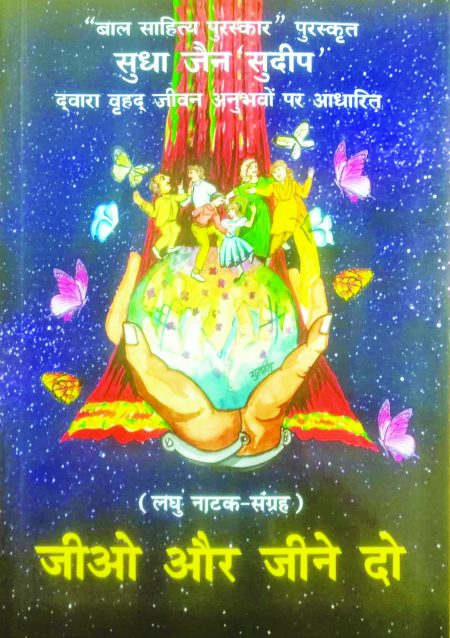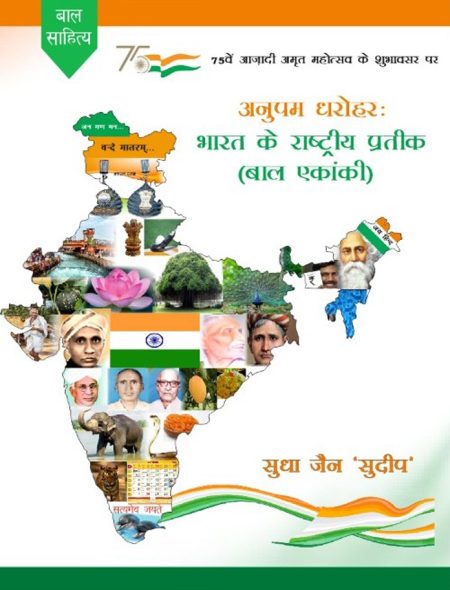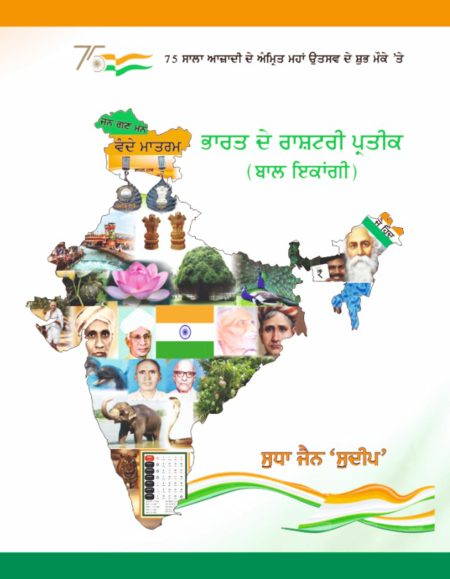Orders are shipped within 2 working days of receipt. It might take upto 5 business days to reach your order location.
-
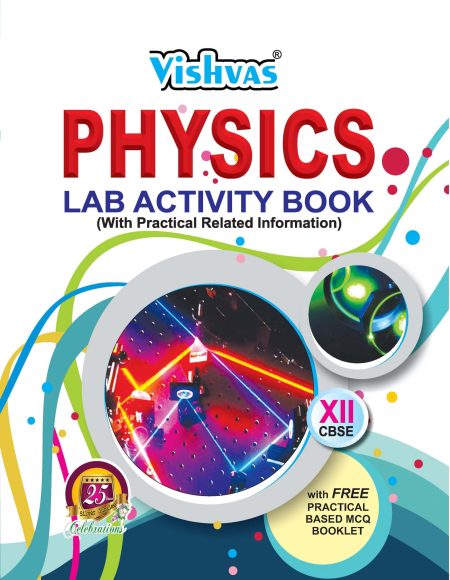
Physics Lab Activity Book(Hardcover) for Class XII – Vishvasbook
₹390.00Physics Lab Activity Book with Free Practical Based MCQ Booklet for Class-XII
ISBN: 978-93-86823-41-0
Book Stuff: Hardbound combine, 4 colour book
Published by: Vishvas Publication Pvt. Ltd.
-
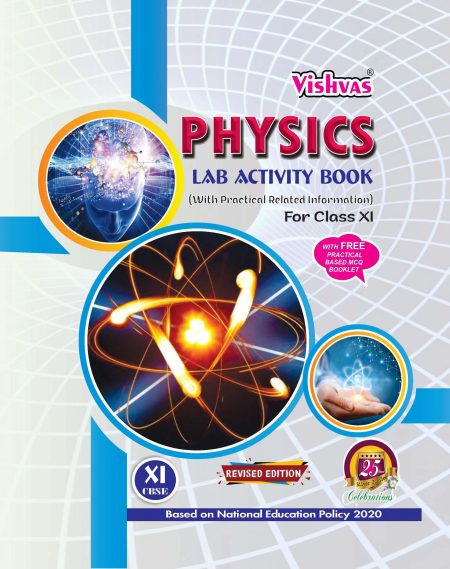
Physics Lab Activity Book(Hardcover) for Class-XI
₹390.00Physics Lab Activity Book with Practical Related Information, Free Practical Based MCQ Booklet for Class XI – CBSE
Book Stuff: Hardcover combine, 4 color book
Published by: Vishvas Publication Pvt. Ltd.
-
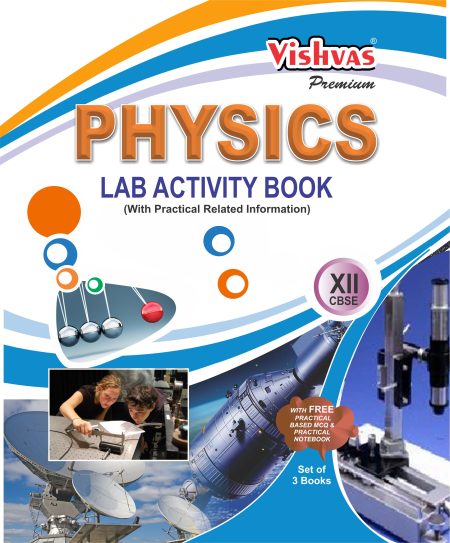
Physics Lab Activity Book-Class-XII-Free Practical Based MCQ & Practical Notebook-Paperback (Set Of 3 Books) – CBSE
₹475.00PHYSICS LAB ACTIVITY BOOK WITH FREE PRACTICAL BASED MCQ & PRACTICAL NOTEBOOK, PAPERBACK (SET OF 3 BOOKS),
AS PER LATEST SYLLABUS ISSUED BY CBSE
EXPERIMENTS
SECTION – A
1.To determine resistance per cm of a given wire by plotting a graph of potential difference versus current.
2.To determine the specific resistance of material of wire using a metre bridge.
3.To verify the laws of combination (series/parallel) of resistance using metre bridge.
4.To compare the e.m.f. of two given primary cells by using potentiometer.
5.To determine the internal resistance of a primary cell using potentiometer.
6.To determine the resistance of galvanometer by half-deflection method and to find its figure of merit.
7.Given the resistance and figure of merit of a galvanometer, convert it into an ammeter voltmeter of a desired range and to verify the same.
8.To find the frequency of AC mains using a sonometer.
ACTIVITIES (For the purpose of demonstration only)
1.To measure the resistance and impedance of an inductor with or without iron core.
2.To measure resistance, voltage (AC/DC), current (AC) and check continuity of a given circuit using multimeter.
3.To assemble a household circuit comprising of three bulbs, three (on-off) switches, a fuse and a power source.
4.To assemble the component of a given electrical circuit.
5.To study the variation in potential drop with length of wire for a steady current.
6.To draw a given open circuit comprising of at least a battery, a rheostat/resistor key, ammeter and voltmeter. Mark the components that are connected in proper order and correct the circuit and circuit diagram.
SECTION – B
1.To find the value of v for different values of u in case of a concave mirror and find its focal length.
OR
To find the focal length of a concave mirror by u-v method using two needles.
2.To find the focal length of a convex lens by plotting of graphs between u & v and between 1/u & 1/v.
3.To find the focal length of convex mirror using a convex lens.
4.To find the focal length of a concave lens using a convex lens.
5.To plot the graph showing the variation of the angle of deviation with the angle of incidence using glass prism. Also determine the refractive index of the glass prism.
6.To determine refractive index of a glass slab using a travelling microscope.
7.(i) To find refractive index of liquid using a concave mirror.
(ii) To find refractive index of a liquid by using convex lens and plane mirror.8.To draw l-V characteristic curve of a p-n junction in forward bias and reverse bias.
9.To draw the characteristics of Zener diode and to determine its reverse breakdown voltage.
10.To study the characteristic of a common emitter n-p-n or p-n-p transistor and to find out the value of current and voltage gains.
ACTIVITIES (For the purpose of demonstration only)
1.To study the effect of light on an L.D.R. (i.e. light dependent resistor).
2.To identify a diode, a transistor, LED, an IC (integrated circuit), a resistor and a capacitor from a mixed collection of such items.
3.Use of multimeter to
(a) Identify base of transistor.
(b) Distinguish between n-p-n and p-n-p type transistor
(c) See the unidirectional flow of current in case of diode and as LED.4.To study refraction and lateral deviation of a ray of light passing through glass slab.
5.To observe the polarisation of light using two polaroids.
6.To observe diffraction of light due to a thin slit.
7.(i) To study the nature and size of the image formed by a convex lens. Using a candle and screen (for different distance of the candle from the lens).
(ii) To study the nature and size of the image formed by a concave mirror on a screen.
8.To obtain a lens combination with the specified focal length by using two lenses from the given set of lenses.
Authors
Savinder Singh (M.Sc. M.Ed.)Narinder Singh (M.Sc.,M.Ed.)
-
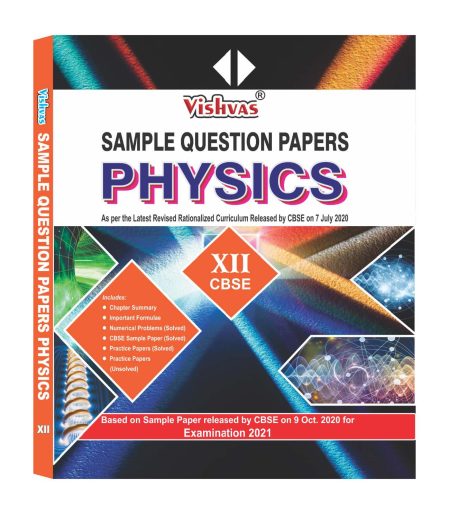
-
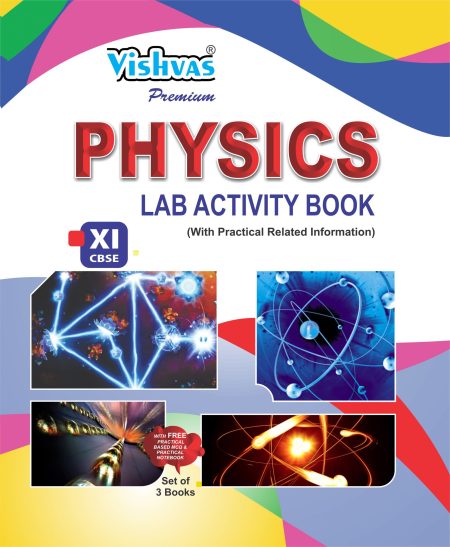
Physics Lab Activity Book-Class-XI-Free Practical Based MCQ & Practical Notebook-Paperback (Set Of 3 Books) – CBSE
₹475.00Physics Lab Activity Book with Practical Related Information, Free practical Notebook for Class XI
Book Stuff: Paperback, 4 colour book, Set of 3 books.
Published by: Vishvas Publication Pvt. Ltd.
-
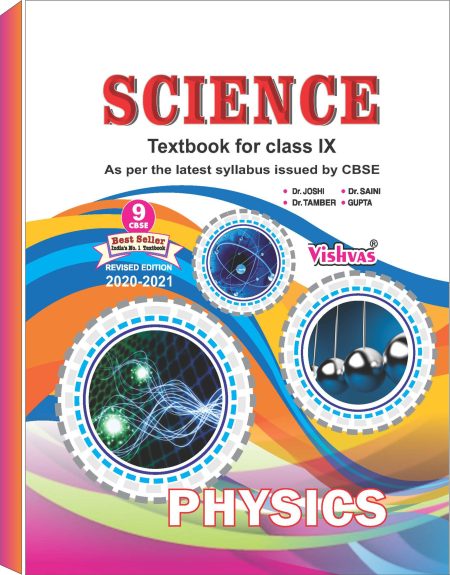
SCIENCE (PHYSICS) E-BOOK FOR CLASS-IX, AS PER REVISED SYLLABUS ISSUED BY CBSE
₹290.00Only E-books are Available
DOWNLOAD FREE SCIENCE EBOOKS
Click on the name of the Ebook below to download your free book:
NOTE FOR TEACHERS: If you are a teacher and need the full ebook specimen for Science Textbook, please fill the form by clicking here.
-



